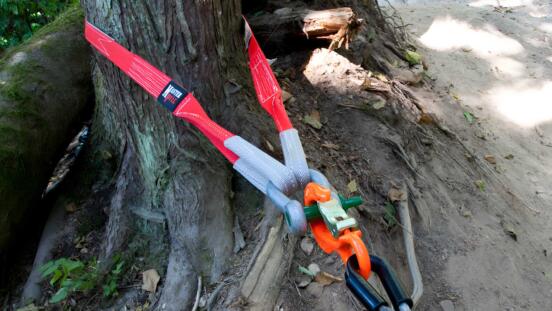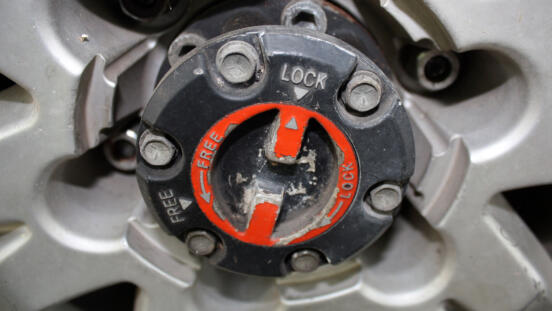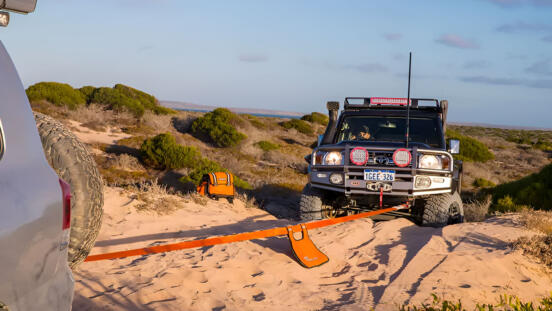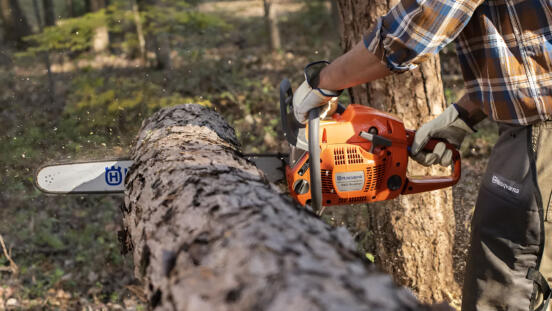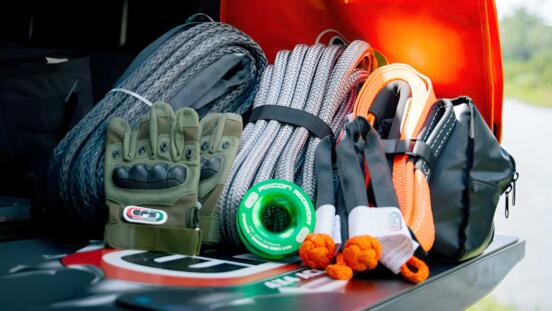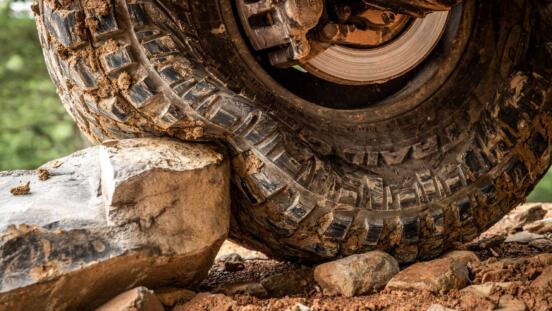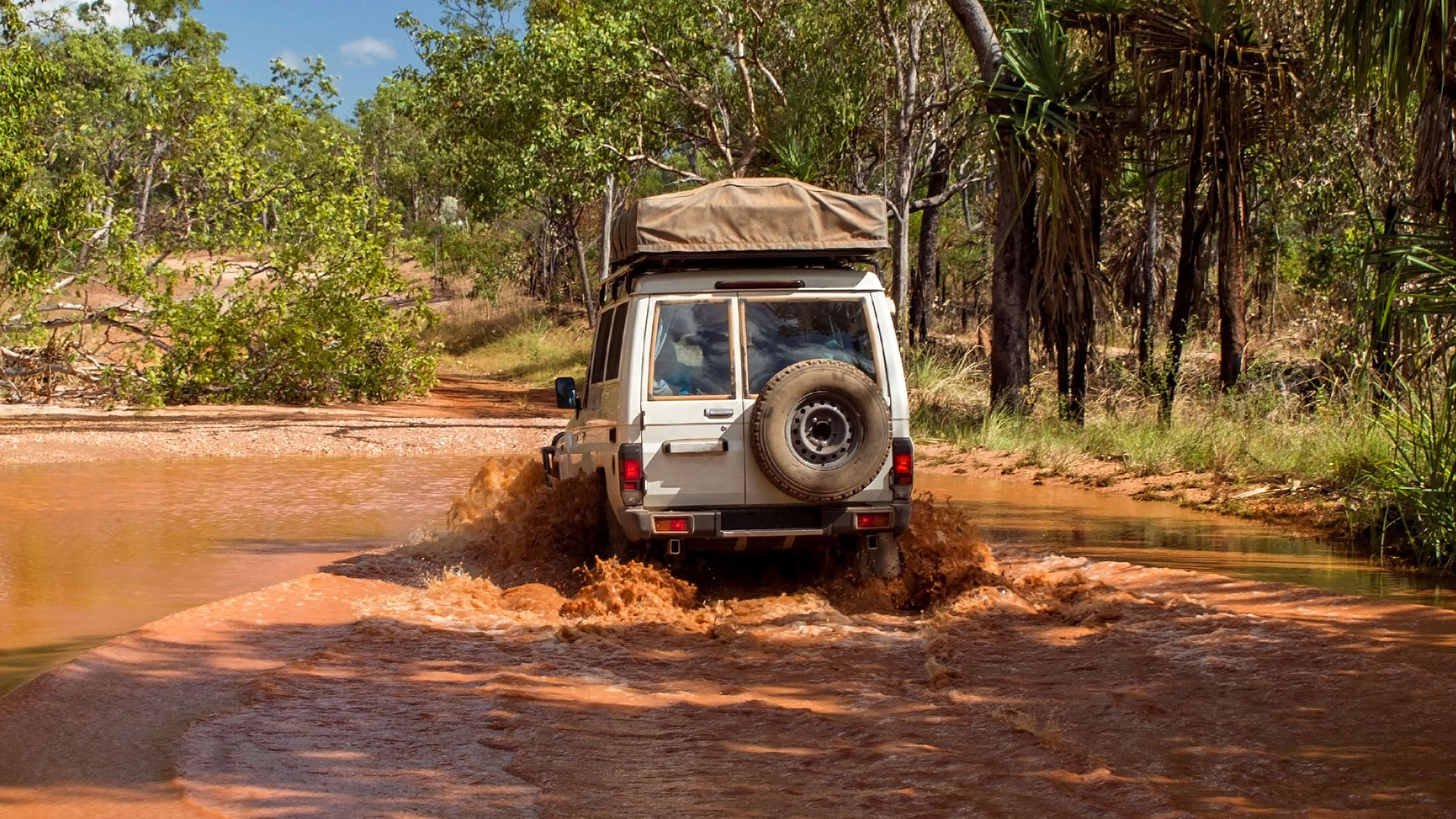
The Toyota 70 series is an icon of off-roading and four-wheel-drive touring, but something I’ve been asked repeatedly is “what is the problem with the 70 series alternator and mud?”.
For those new to the vehicle, it’s not always clear what the problem with the 70 series alternator is, and why this isn’t a problem you often hear about with other vehicles.
So what’s the deal?
There isn’t a “problem” per se with the 70 series alternator in terms of a design flaw or anything along those lines that makes it overly susceptible to mud. It’s just a standard, air-cooled (meaning it’s unsealed) alternator, much like you’ll find in any other four-wheel-drive.
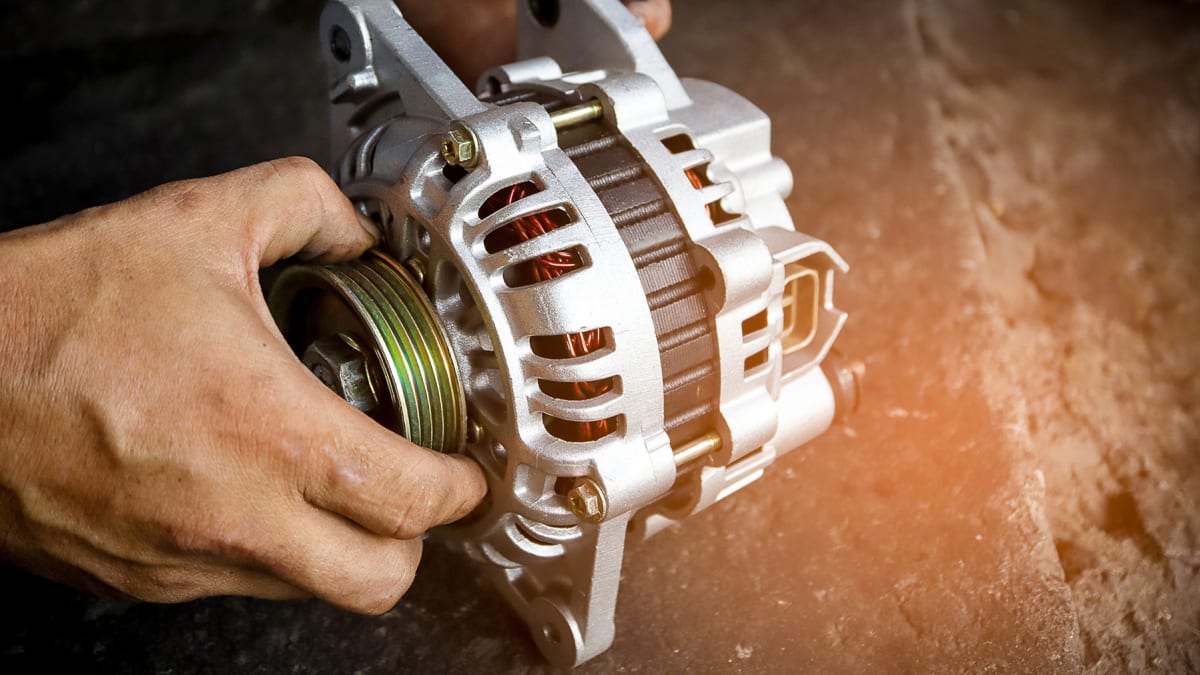
It’s the mounting location of the alternator that’s the problem for the V8 70 series.
In the Toyota Prado, for example, the 2.8L D4D available from 2015 onwards has a similar air-cooled alternator which is mounted a little below the middle point of the engine, in terms of height. It’s diagonally above and across from the chassis rail, and somewhat shielded by other components in the engine bay.
In the original V8 70 series (not the 2024+ 2.8L engine version), the alternator is mounted at the very bottom of the engine bay and has nothing shielding it from directly below against splashes or submersion.
The following is a photo of a sealed alternator (more on this later) taken from below a 70 series, but you can see how exposed it is.
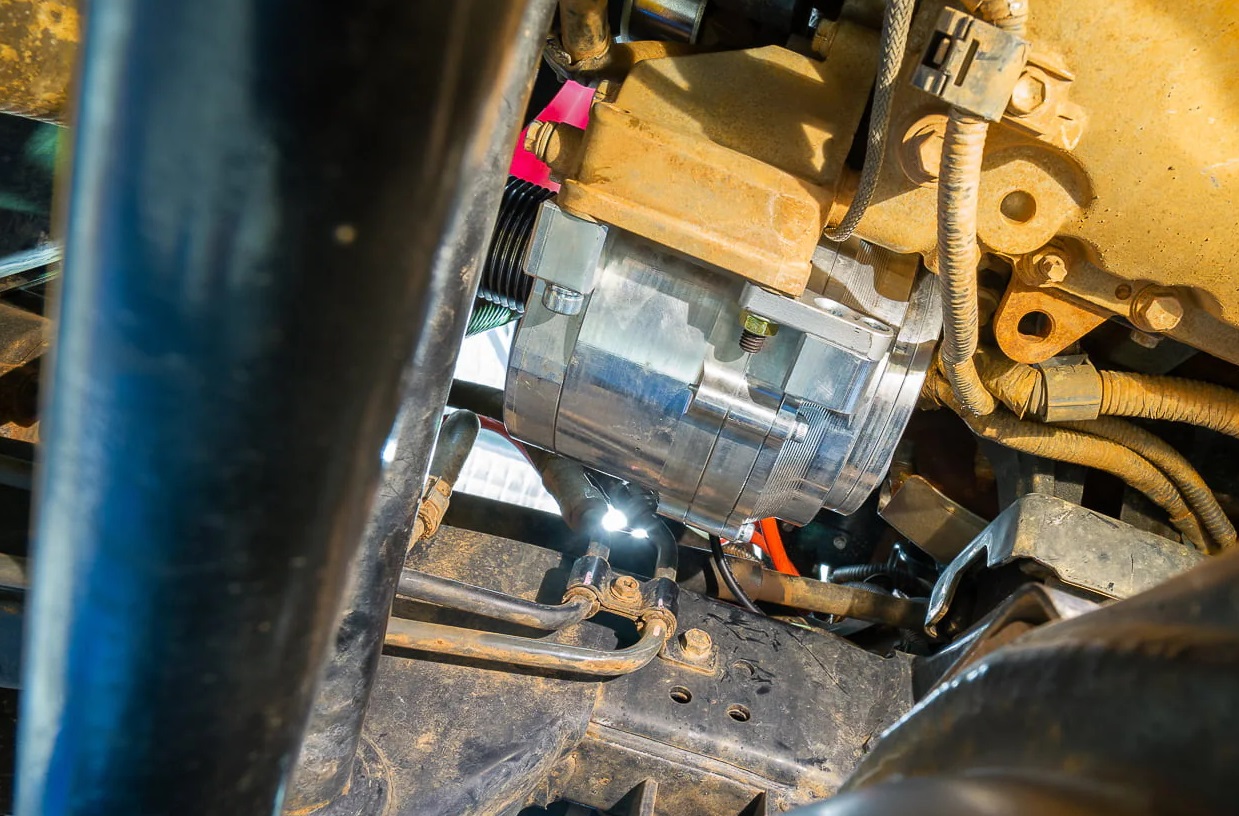
Image credit: adventurecurated.com.au
If you’re kicking up tonnes of mud, or crossing thick muddy water that’s higher than the alternator, the alternator is vulnerable to water, mud and dirt ingress.
An alternator full of mud = dead alternator = stranded you.
Given the nature of the 70 series and the kind of off-roading you’d expect buyers to be doing with it, it’s a pretty poor design choice from Toyota, it must be said. Anyway, moving on.
Replacing the stock alternator with an after-market model that is also air-cooled won’t solve anything for you. If you’re expecting mud and want to protect the alternator you would need to replace it with a fully sealed version, as pictured above. Unfortunately, these aren’t cheap. You’re looking at something like $2,500 – $3,000 AUD to have one supplied and fitted.
Whether or not you really need to upgrade the alternator on the original 70 series to a sealed unit will depend on your driving applications, but it’s definitely something to be aware of.
99% of the time, crossing a clearwater river will be no problem at all; water in the alternator will drain and dry, and you’ll carry on without missing a beat. If you’re going to be off-roading in dirtier water, and especially muddy conditions, a sealed alternator is worth investigating.
# Toyota 70 series alternator, 70 series sealed alternator, alternator mud damage, 4WD alternator upgrade, alternator protection.

